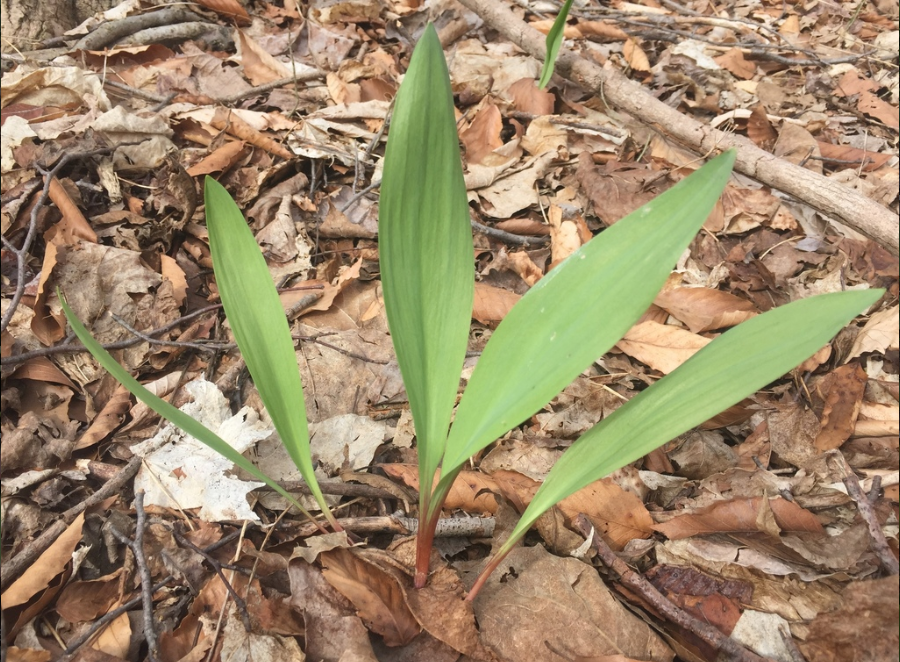
Image: Ramp Wild-Leek - Photo credit Pauline Catling
Beware of a poisonous lookalike, called False Hellabore, if you are foraging for ramps.
BURLINGTON, VT – If you are outdoors foraging for wild leeks, also known as ramps (Allium tricoccum), health officials want you to be sure you don’t mistake the ramps for a poisonous lookalike plant called false hellebore.
The young leaves of American false hellebore (Veratrum viride) can resemble the edible ramps now making their springtime appearance. However, false hellebore contains poisonous chemicals called alkaloids, and eating it can make people very sick. In most cases, people who have eaten false hellebore need to go to the hospital.

Image: False Hellabore
“This is not a poisoning you should treat at home,” said Sarah Owen, state toxicologist with the Department of Health. “If you think you have eaten false hellebore, call the Northern New England Poison Center right away. You could develop a serious heart condition that requires immediate medical attention.”
Symptoms of false hellebore poisoning include severe nausea and vomiting, which often move on to slow heartbeat and low blood pressure. Other symptoms may include slowed breathing, weakness, dizziness, numbness and tingling, and sweating.
State officials urge Vermonters who harvest wild ramps to make sure they know how to identify them. The leaves of ramps are flat, grow directly from the ground, and are generally found in rich upland forests. Ramps also smell strongly of onion. False hellebore leaves are pleated in appearance, grow from a stalk in floodplains, marshes and swamps, and do not smell like onion.
If you may have eaten false hellebore, do not wait for symptoms to appear. Call the Northern New England Poison Center at 1-800-222-1222. You can also chat online at nnepc.org, or text “poison” to 85511. If there is a medical emergency, dial 9-1-1.
Learn more about false hellebore and how to recognize it at https://healthvermont.gov/environment/chemicals/poisonous-plants-vermont
